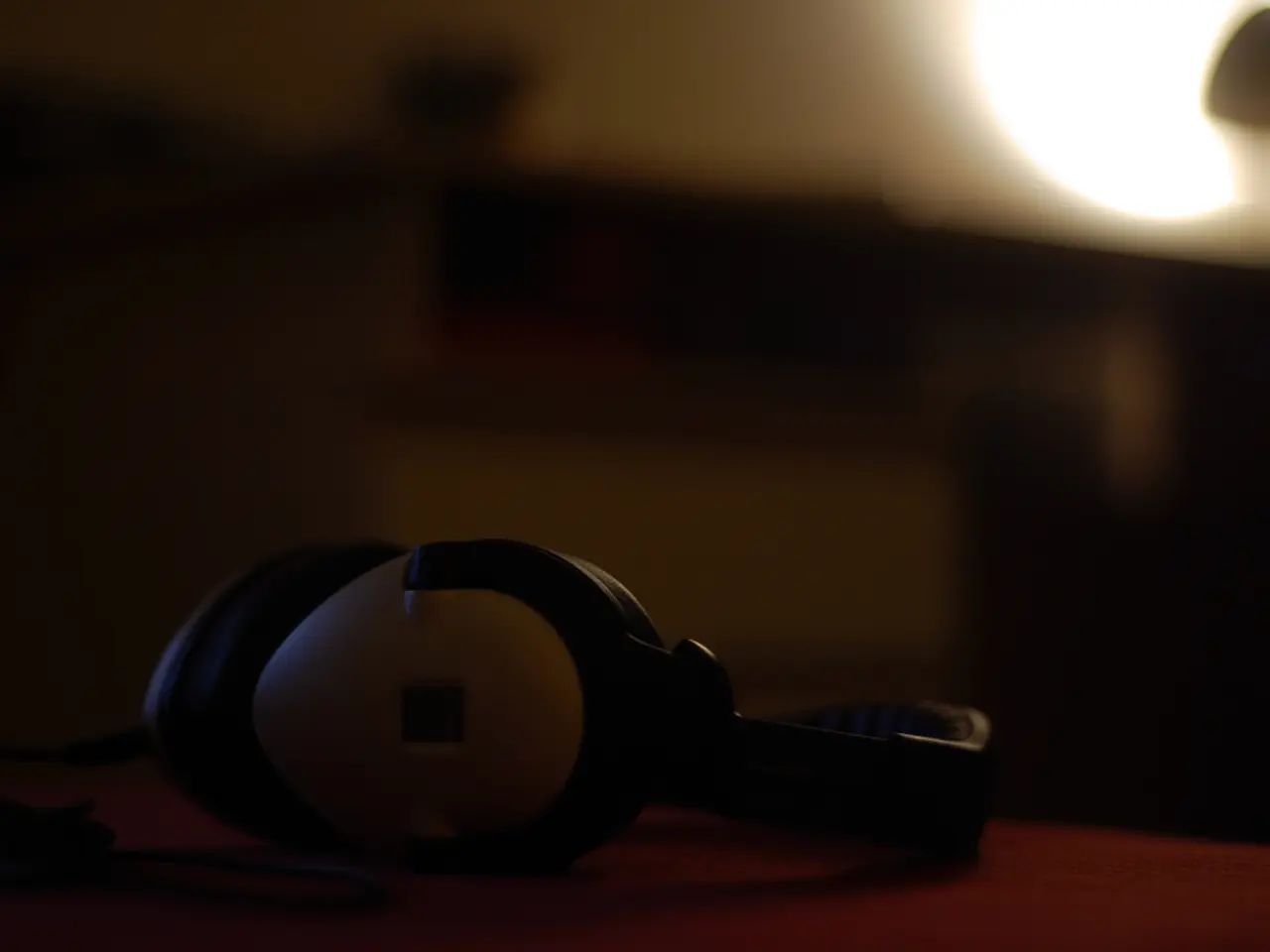Do Noise-Cancelling Headphones Truly Eliminate Background Sounds?
In the realm of modern technology, Active Noise Cancelling (ANC) headphones have emerged as a popular choice for those seeking a quieter, more focused listening experience. Here's a closer look at how these headphones function and their effectiveness in reducing unwanted background noise.
### The Workings of ANC Headphones
At the heart of ANC technology are microphones built into the headphones, which detect ambient noise from the environment. The headphones then generate a sound wave that is the exact opposite, or anti-phase, of the detected noise. When these oppositely phased sound waves meet the ambient noise, they cancel each other out through destructive interference, reducing the perceived sound level. This technology is particularly effective against consistent, low-frequency sounds like engine hums, air conditioners, or airplane noise.
ANC technology comes in different forms: feedforward ANC, feedback ANC, and hybrid ANC. Feedforward ANC microphones are placed outside the ear cups and detect noise early, cancelling it before it reaches the listener. However, they can be less effective for unexpected sounds. Feedback ANC microphones, on the other hand, are placed inside the ear cups and detect noise that gets through, improving performance on a wider range of sounds. Hybrid ANC combines both feedforward and feedback microphones for the best overall noise reduction.
### The Effectiveness of ANC
ANC works even without any music playing, actively cancelling ambient noise by detecting and producing opposing sound waves, helping create a quieter environment for focus or rest. The headphones' physical design and fit, or passive noise cancellation, also play a crucial role by physically blocking outside sounds, complementing ANC technology.
ANC is most effective for constant, low-frequency noises but less effective for sudden, irregular noises like human speech or abrupt sounds. Users frequently find ANC excellent in environments such as airplanes, trains, busy offices, or public places, significantly reducing distractions and improving audio clarity when listening.
Battery life is an essential factor to consider since ANC requires power to operate continuously. Well-designed headphones maintain effective noise cancellation for many hours.
### In Conclusion
Active Noise Cancelling headphones use sophisticated technology combining microphones and anti-phase sound waves to effectively reduce unwanted noise, especially persistent background sounds, creating a much quieter listening environment and enhancing focus or relaxation in noisy settings. When researching noise-canceling headphones, consider sound quality, as models with a balanced sound profile and exceptional audio playback are important for an enjoyable listening experience. Prolonged exposure to loud music, regardless of whether through noise-canceling headphones or not, can still lead to hearing loss, so it is essential to maintain a reasonable listening volume and take regular breaks. Advantages of noise cancelling headphones include enhanced listening experience, improved focus and productivity, health benefits, and comfort during travel.
In the realm of gadgets, the sound quality of Active Noise Cancelling (ANC) headphones is considerably affected by the technology they employ, such as feedforward ANC, feedback ANC, and hybrid ANC, which determines their effectiveness in eliminating unwanted noise.
When evaluating ANC headphones, one should consider the technology's efficiency in various scenarios, including its ability to handle continuous, low-frequency noises, as well as its willingness to complement the headphones' physical design for added passive noise cancellation. Furthermore, the battery life of these gadgets is vital, as the technology necessitates constant power for optimal noise reduction.







